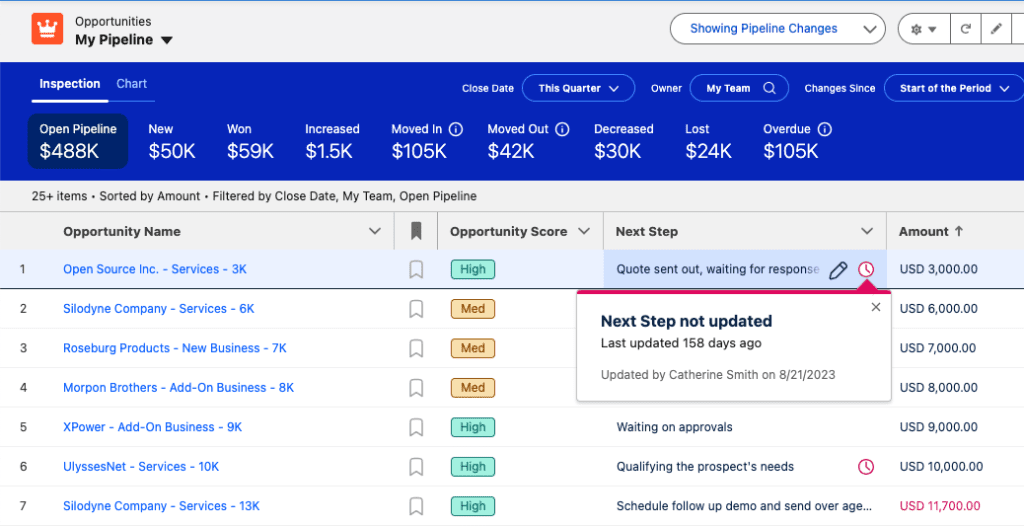Shifting from Streams to Cycles: A New Perspective.
The traditional approach to nonprofit revenue generation often resembles a series of streams. Think of annual galas, year-end appeals, and grant applications – each a separate stream flowing into the organization. While these streams can be effective, they often lack a cohesive strategy and fail to capitalize on the full potential of donor relationships. Today, leading nonprofits are shifting from this streams-based approach to a cycles-based model, inspired by the principles of Revenue Operations (RevOps). This shift represents a fundamental change in how organizations generate and manage revenue, focusing on continuous engagement and long-term donor relationships.
What are Revenue Cycles?
Revenue cycles are continuous loops that guide donors through a journey of engagement, from initial awareness to long-term support. These cycles are designed to nurture relationships, deepen connections, and ultimately, increase donor lifetime value.
Key Stages of a Revenue Cycle:
- Awareness: The first step is to make potential donors aware of your organization and its mission. This can be achieved through various channels, such as social media, website content, events, and public relations.
- Engagement: Once donors are aware of your organization, it’s crucial to engage them in meaningful ways. This could involve inviting them to events, providing volunteer opportunities, sharing impact stories, and offering personalized communication.
- Cultivation: Cultivation involves deepening relationships with donors by providing them with valuable experiences and demonstrating the impact of their support. This could include exclusive access to events, personalized updates, and opportunities to connect with beneficiaries.
- Solicitation: When donors are engaged and cultivated, they are more likely to respond positively to solicitations. This is where you make the ask, whether it’s for a one-time donation, recurring gift, or major gift.
- Stewardship: Stewardship is about expressing gratitude to donors and demonstrating the impact of their contributions. This involves sending thank-you notes, providing regular updates, and recognizing donors for their support.
- Renewal: The final stage of the cycle is renewal, where you encourage donors to continue their support. This could involve offering recurring giving options, inviting them to renew their membership, or providing opportunities to upgrade their giving level.
Benefits of the Cycles-Based Approach:
- Increased Donor Lifetime Value: By focusing on long-term relationships, organizations can increase the overall value of each donor.
- Predictable Revenue: Cycles create a more predictable and sustainable revenue stream, as donors are continuously engaged and cultivated.
- Stronger Donor Relationships: The cycles-based approach fosters deeper connections with donors, leading to increased loyalty and support.
- Improved Efficiency: By automating tasks and streamlining processes, organizations can free up resources to focus on building relationships and maximizing impact.
- Data-Driven Decision Making: Cycles provide valuable data on donor behavior and preferences, allowing organizations to make informed decisions about their fundraising strategies.
The shift from streams to cycles is not just a change in terminology; it’s a fundamental shift in mindset. It’s about moving from transactional fundraising to relationship-based fundraising, where donors are seen as partners in achieving your organization’s mission. By embracing this new approach, nonprofits can unlock their full potential and create a sustainable future for their cause.



